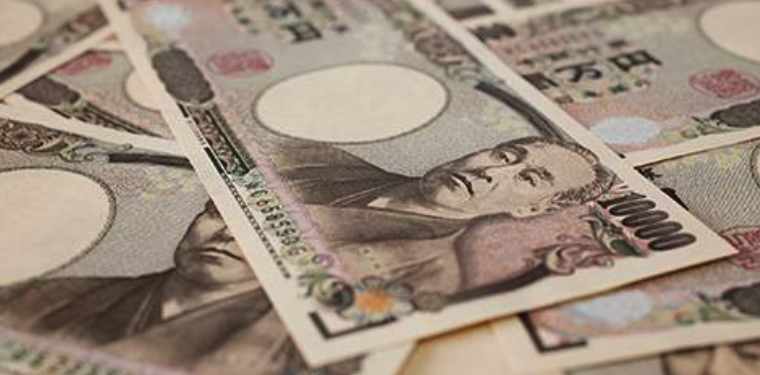
Yen Tries experienced a slight recovery in Asian trade on Thursday, rising against a basket of major currencies for the first time in three days. This movement comes as the yen attempts to bounce back from a 38-year low, spurred by new warnings from the Japanese government regarding its sharp decline.
Recent Price Movements
Yen’s Attempted Rebound
On Thursday, the USD/JPY pair fell by 0.25%, bringing the yen to 160.38 per dollar. This slight recovery comes after the yen plunged by 0.7% on Wednesday, hitting a 38-year low at 160.87. The yen’s recent losses have pushed it below the psychological barrier of 160, a critical level closely monitored by the Bank of Japan (BOJ).
Pressure from US Treasury Yields
Despite the yen’s attempt to recover, its gains are limited due to rising US 10-year treasury yields. These yields increased by 0.4% on Thursday, reaching a two-week high of 4.347%, thereby strengthening the dollar and adding pressure on the yen.
Government Intervention and Warnings
New Warning from Japan’s Finance Minister
Japan’s finance minister, Shunichi Suzuki, issued a stern warning that the government is prepared to take necessary measures to stabilize the yen after it hit a 38-year low. He emphasized the government’s concern about the economic impact of such volatility and reiterated their commitment to stabilizing the exchange rate.
Previous Interventions
Data from the Japanese financial ministry revealed that authorities spent 9.79 trillion yen ($62.23 billion) to intervene in the forex market to support the yen. This intervention involved selling a massive amount of dollars in a two-stage process to prop up the yen, pulling it back from a 34-year low of 160.21.
Future Interventions?
With the yen reaching new lows, the question arises whether the BOJ will intervene again. The recent low of 160.78, the worst since 1986, suggests that further action might be necessary to prevent further depreciation.
Market Reactions and Speculations
US Growth and Unemployment Claims
Investors are keenly awaiting crucial US economic data on growth and unemployment claims. This data is expected to provide more clues about the future of US monetary policies, which in turn will impact the yen. The market currently prices in a 62% chance of a 0.25% interest rate cut by the Federal Reserve in September, rising to 75% for November.
Analysis of Market Trends
Impact of US Yields on the Yen
The rise in US treasury yields significantly impacts the yen-dollar exchange rate. Higher yields make the dollar more attractive to investors
increasing demand for the greenback and putting downward pressure on the yen. This dynamic is a key factor in the yen’s recent depreciation.
Government and BOJ Strategies
The Japanese government’s warnings and previous interventions highlight their strategy to stabilize the yen. However, the effectiveness of these measures depends on broader economic trends, including US monetary policy decisions and global market conditions.
Conclusion
The yen’s recent attempt to recover from a 38-year low underscores the challenges faced by the Japanese government and the BOJ in stabilizing the currency. While government warnings and previous interventions have provided some support
rising US treasury yields and market expectations about US monetary policy continue to exert pressure. As investors await crucial US economic data
the yen’s future trajectory remains uncertain, hinging on both domestic actions and international economic developments.
FAQs
Why did the yen hit a 38-year low?
The yens hit a 38-year low due to a combination of factors, including rising US treasury yields and market expectations about future US monetary policy
which strengthened the dollar and put downward pressure on the yen.
What actions has the Japanese government taken to stabilize the yen?
The Japanese government has issued warnings and intervened in the forex market
spending 9.79 trillion yens to support the currency by selling massive amounts of dollars.
Will the BOJ intervene again to support the yen?
Given the yen’s recent lows, further intervention by the BOJ is possible if the currency continues to depreciate significantly.
How do US treasury yields affect the yen?
Rising US treasury yields make the dollar more attractive to investors
increasing demand for the greenback and putting downward pressure on the yen.
What US economic data are investors awaiting, and why is it important?
Investors are awaiting US GDP growth and unemployment claims data to gauge the likely path of Federal Reserve policies. This data will provide insights into future interest rate decisions, which impact currency exchange rates.
